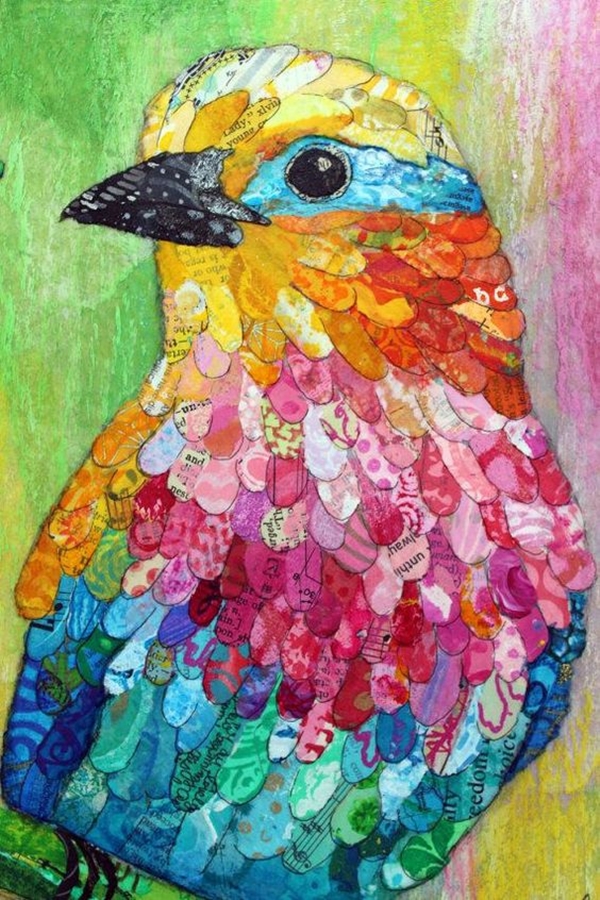Ideas to Draw for Kids 2025: Fostering Creativity and Imagination
Related Articles: Ideas to Draw for Kids 2025: Fostering Creativity and Imagination
- Discord About Me Ideas For 2025: Elevate Your Profile With Creativity And Personalization
- Python Projects For 2025: Exploring The Future Of Innovation
- Fast And Easy Breakfast Ideas For 2025: Fuel Your Morning With Convenience
- Cheap But Amazing Date Ideas For 2025
- Minecraft Pinterest Ideas 2025: Unlocking The Realm Of Imagination
Introduction
In this auspicious occasion, we are delighted to delve into the intriguing topic related to Ideas to Draw for Kids 2025: Fostering Creativity and Imagination. Let’s weave interesting information and offer fresh perspectives to the readers.
Table of Content
Video about Ideas to Draw for Kids 2025: Fostering Creativity and Imagination
Ideas to Draw for Kids 2025: Fostering Creativity and Imagination

Drawing is an essential skill that fosters creativity, imagination, and problem-solving abilities in children. As we approach 2025, it is crucial to equip our young artists with innovative and engaging drawing ideas that will inspire their artistic journeys. This article presents a comprehensive collection of drawing ideas for kids in 2025, categorized by themes and age groups, to nurture their artistic talents and encourage self-expression.
Toddlers (Ages 2-4)
- Shapes and Lines: Introduce basic shapes (circles, squares, triangles) and lines (straight, curved, zigzags) to toddlers through simple drawing exercises.
- Animals: Draw simple animals like cats, dogs, birds, and fish using basic shapes and lines. Encourage toddlers to experiment with different colors and textures.
- Nature: Encourage toddlers to draw flowers, trees, and clouds using simple strokes and bright colors. Introduce them to the concept of nature through their drawings.
Preschoolers (Ages 4-6)
- People and Families: Help preschoolers draw themselves, their families, and friends. Encourage them to pay attention to facial features, clothing, and body proportions.
- Animals: Introduce more complex animal drawings, such as lions, elephants, and giraffes. Focus on capturing the unique characteristics and movements of each animal.
- Imaginative Scenes: Encourage preschoolers to draw imaginary scenes, such as a princess’s castle or a superhero’s spaceship. Allow their imaginations to run wild.
Kindergarten (Ages 6-7)
- Landscapes: Guide kindergarteners in drawing landscapes, including mountains, rivers, and trees. Introduce the concept of perspective and depth.
- Animals in Action: Encourage kindergarteners to draw animals in different poses and movements. Explore the use of dynamic lines and shading to create a sense of action.
- Storytelling: Use drawing as a tool for storytelling. Have kindergarteners draw their own versions of familiar stories or create their own imaginative narratives.
Elementary School (Ages 7-10)
- Portraits: Teach elementary school children the basics of portrait drawing, including capturing facial features, expressions, and proportions.
- Animals in Detail: Encourage children to draw animals in greater detail, paying attention to their anatomy, textures, and habitats.
- Nature Studies: Guide children in observing and drawing natural objects, such as flowers, leaves, and insects. Foster an appreciation for the beauty and diversity of nature.
- Perspective and Foreshortening: Introduce the concepts of perspective and foreshortening to children. Guide them in drawing objects from different angles and distances.
Middle School (Ages 11-14)
- Architecture: Encourage middle schoolers to draw buildings, bridges, and other architectural structures. Explore the use of geometric shapes, lines, and perspective.
- Action and Movement: Guide middle schoolers in drawing figures in motion, capturing the dynamics and energy of different activities.
- Comic Book Art: Introduce middle schoolers to the basics of comic book art, including character design, panel layout, and storytelling techniques.
- Digital Drawing: Explore digital drawing tools with middle schoolers. Introduce them to drawing software and tablets to enhance their artistic capabilities.
High School (Ages 14-18)
- Life Drawing: Provide high schoolers with opportunities to draw from life, including human models and still life objects. Encourage them to observe and capture the nuances of form and texture.
- Abstract Art: Introduce high schoolers to abstract art and encourage them to experiment with non-representational forms, colors, and compositions.
- Art History: Guide high schoolers in studying different art movements and artists throughout history. Encourage them to draw inspiration from the masters.
- Careers in Art: Explore various careers in the arts with high schoolers, including fine art, graphic design, animation, and illustration.
Conclusion
Nurturing creativity and imagination in children through drawing is essential for their overall development. By providing them with a diverse range of drawing ideas, we can empower them to express themselves artistically, develop their problem-solving skills, and foster a lifelong love for the arts. As we approach 2025, let us continue to inspire and support our young artists by providing them with the resources and guidance they need to thrive.
![[IMGSRCTITLE2]](https://artfulparent.com/wp-content/uploads/2021/07/Creative-Drawing-Ideas-for-Kids-Encouraging-Creativity.jpg)
![[IMGSRCTITLE3]](https://kaboutjie.com/wp-content/uploads/2020/07/img-13-ideas-foir-fostering-creativity-in-kids.png)
![[IMGSRCTITLE4]](http://www.cartoondistrict.com/wp-content/uploads/2018/10/Creative-Drawing-Ideas-and-Topics-for-Kids31.jpg)
![[IMGTITLE5]](https://i.pinimg.com/originals/d1/6e/b3/d16eb3821460147bd2c6e4910389a38c.jpg)
![[IMGTITLE6]](http://getdrawings.com/image/imagination-drawing-ideas-52.jpg)
![[IMGTITLE7]](http://www.cartoondistrict.com/wp-content/uploads/2018/10/Creative-Drawing-Ideas-and-Topics-for-Kids38.jpg)
![[IMGTITLE8]](https://www.thelearningapps.com/wp-content/uploads/2023/03/learning-fun-childhood-imagination-education-scaled.jpg)
![[IMGTITLE9]](https://raisingchildren.net.au/__data/assets/image/0019/48070/encouraging-creativity-preschoolers.jpg)
Closure
Thus, we hope this article has provided valuable insights into Ideas to Draw for Kids 2025: Fostering Creativity and Imagination. We appreciate your attention to our article. See you in our next article!